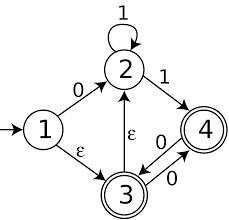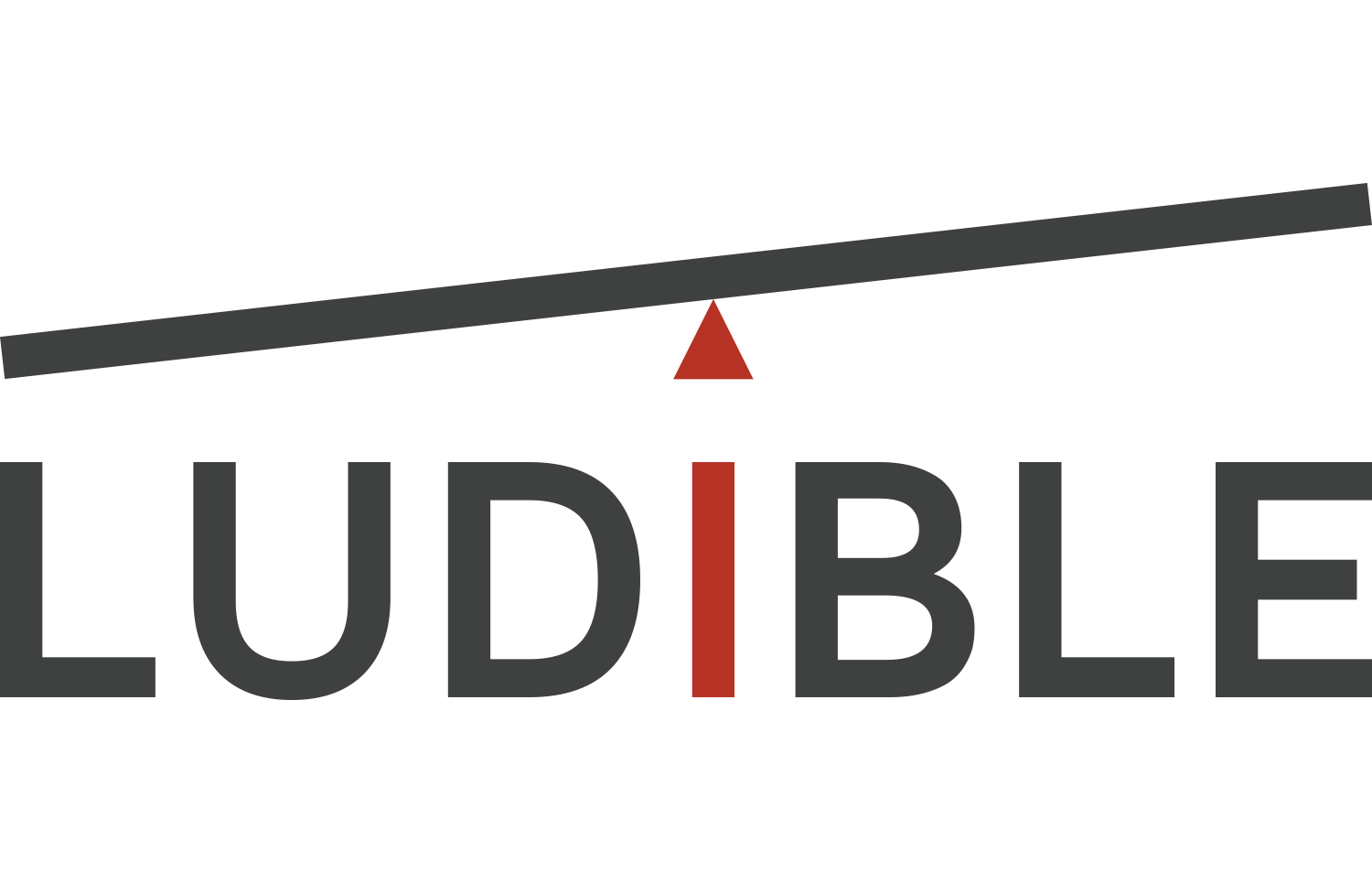Players keep playing a game because it’s balanced.
Resulting in more revenue.

Why Balance a Game?
Gameplay is all about making choices. In a balanced game all choices available to the player are meaningful and no dominant strategies emerge, so the game remains interesting to play.
If your game runs any internal numbers, and it probably does, they should be balanced.
How to balance a game?
In simple or familiar game models gut feeling and using a spreadsheet mostly suffices and in these cases a game designer could probably design a nicely balanced game. As the game model gets more complex, though, it needs more calculations to remain balanced. Lots of testing is always good, but is time consuming. Digging through player data (after soft launch) gives a lot of information, but it neither balances the game nor fixes the game model.


Where does Ludible come in?
When balancing a game becomes mathematically too complex, Ludible can lend a hand. In other words, when the game designer is not able to explain why each game value has its specific value, it’s time to contact Ludible!
Game meets Mathematics.
With increasing mathematical complexity, these examples show the typical problems Ludible can answer:

![]() What should the game grid look like in order to give each starting point an equal chance to win?
What should the game grid look like in order to give each starting point an equal chance to win?
![]() What slot machine configuration should be built to reach the probabilities of winning once every few spins, but losing slightly on the long term?
What slot machine configuration should be built to reach the probabilities of winning once every few spins, but losing slightly on the long term?
![]() In a match-3 game, how many solutions do you want each game state to have on average and with what variance?
In a match-3 game, how many solutions do you want each game state to have on average and with what variance?



